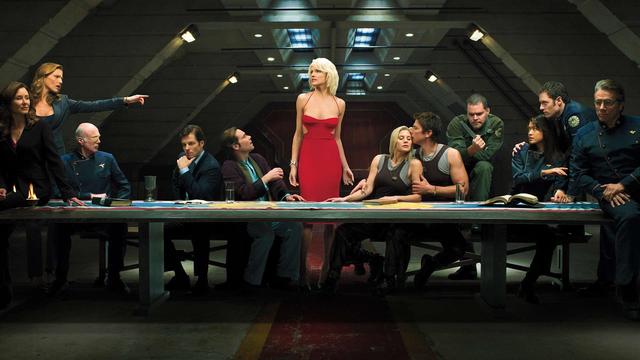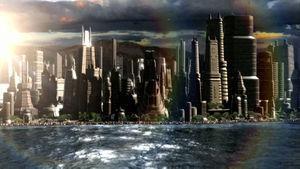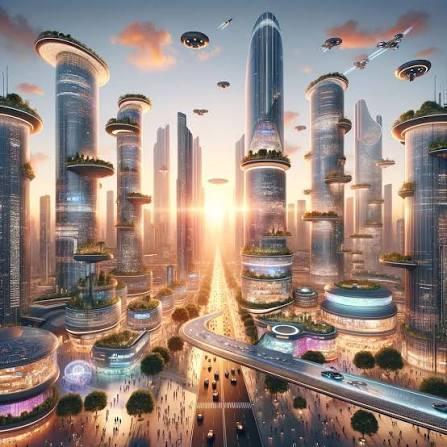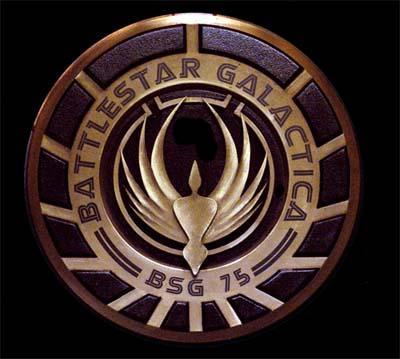#BattlestarGalactica #BSG
#BattlestarGalactica #BSG
With that level of advancement, retracing the path of the #Galactica fleet becomes trivial. The trail would still exist:
– derelict ships lost along the way
– battle debris in empty space
– radioactive signatures
– the ruins on #Kobol
– the wreck of #Pegasus
– the abandoned #Cylon colony
– and yes, the remains of the central Cylon hub
#Space is a museum with no weathering. 9)
Would they recognise us as their distant descendants?
Would they see us as children to be protected?
Or as curiosities—primitive, interesting, but no longer “their people”?
After 150,000 years of evolution, cultural divergence, and likely hybridisation with Cylon remnants, they might be as different from us as we are from Neanderthals. 12)
It reframes the entire saga: not just a cycle of destruction, but the possibility of renewal. Humanity surviving in two places, evolving on separate paths, and someday meeting again.
I think there's a whole series in that alone.
🧵 End.
So, a darker, grittier Galactica 1980?











